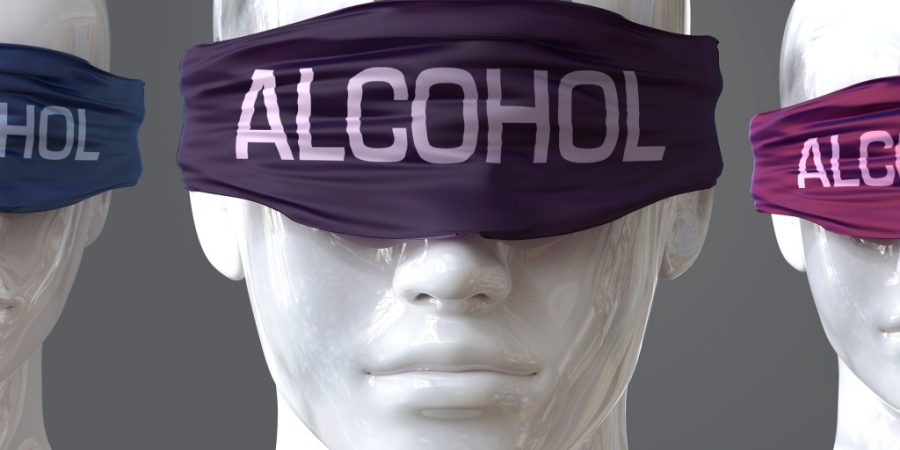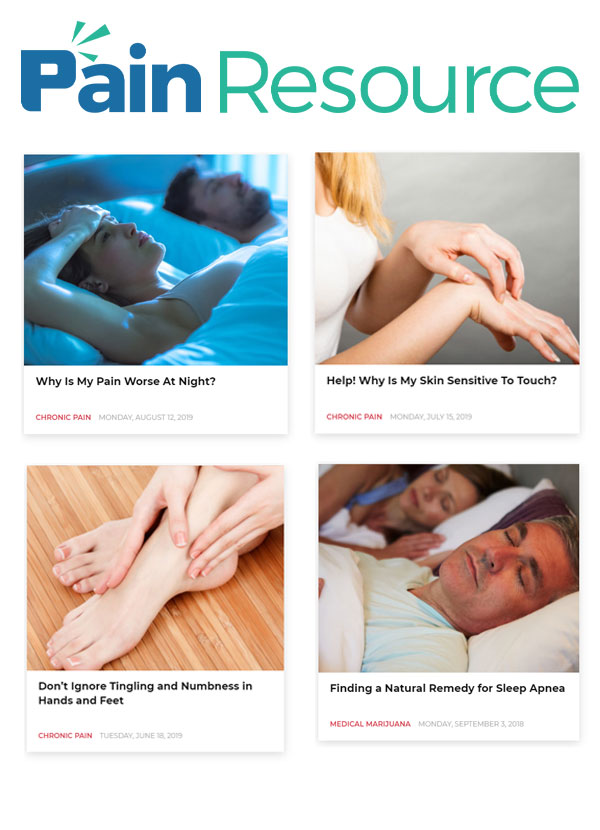
Alcohol consumption impacts every function in the body, including vision. The lasting effects of alcohol on optical nerves, blood vessels, and brain-to-eye messaging can be referred to as “alcoholic eyes.” And conditions caused by alcoholic eyes can be short or long-lasting. Keep reading to learn more about how alcohol and eyesight are related and how to avoid complications from alcoholic eyes.

Table of Contents
Your Eyes on Alcohol
Alcohol and eyesight are connected, and even light alcohol consumption can impair the eyes and affect vision. Alcohol is a diuretic, which means it removes water from the body by making you urinate frequently. In the short term, this can have a dehydrating effect, leaving the eyes dry and irritated. In fact, dry eyes is a common complaint among drinkers, and chronic alcohol abuse can lead to the development of dry eye syndrome.
In addition, the relaxing effects that alcohol has on the body can cause the blood vessels in the eyes to swell, creating bloodshot eyes, or red eyes after drinking. However, alcohol and dry eyes and bloodshot eyes from drinking are not the only temporary conditions that alcohol has on the eyes. Other short-term effects of alcoholic eyes include:
- Involuntary Eye Movement
When a person ingests too much alcohol, messages between the brain and the eyes may not be sent or received correctly. This compromised function can cause involuntary eye movement, or a jerking motion by the eyes. - Blurred or Double Vision
Blurred vision is another side effect of drinking too much alcohol. This is another effect of diminished muscle coordination while under the influence of alcohol. - Decreased Sensitivity to Contrasting Colors
Determining light versus dark shades becomes more difficult when under the influence of alcohol. This could make nighttime driving especially difficult. - Slower Pupil Dilation
Pupils when drunk do not function well as drinking alcohol slows the response of pupil dilation. This slowed pupil reaction can cause tunnel vision and an inability to adjust to changes in light (such as oncoming headlights).
Fortunately, most short-term signs of alcoholic eyes and eye pain after drinking should improve as the body rebounds from alcohol exposure.
Can Alcohol Affect Your Eyesight in the Long Term?

While the short-term damage to the eyes from drinking alcohol may be irritating, most of these conditions will clear up if alcohol consumption is stopped or reduced. On the other hand, alcoholic eye damage resulting from chronic alcohol abuse may be long-lasting or permanent. One of the main reasons for damage to the eyes from alcohol abuse is thought to be the vitamin deficiency that is a result of long-term alcohol abuse. Additionally, alcoholism also disrupts neurological connections to the eye and disturbs optical nerve health.
Examples of long term damage to the eye from alcohol abuse include:
- Alcohol Consumption and Eye Floaters
Eye floaters are grey spots that appear in your line of sight and are caused by damage to the optic nerve. Because excessive alcohol consumption can prematurely age or damage the optic nerve, eye floaters can be another negative result of alcohol consumption. - Nutritional Optic Neuropathy (Toxic Amblyopia)
Nutritional optic neuropathy is a painless but permanent loss of vision caused by nutritional deficiencies. A common reason for this type of nutritional deficiency is alcohol abuse, which leads to a lack of vitamin B in the body. - Cataracts
Cataracts are a common cause of vision loss. Ironically, moderate alcohol consumption may prevent this condition. However, once excessive alcohol consumption becomes an issue, there is an elevated risk of developing cataract. - Age-Related Macular Degeneration (AMD)
AMD is a condition that results in permanent vision loss over time. Chronic alcohol abuse is thought to be a contributing factor to developing this condition.
How to Help Alcoholic Eyes
The best thing you can do to alleviate eye-related symptoms caused by alcohol consumption is to cut back on drinking or eliminate alcohol altogether. Light to moderate alcohol consumption should not have a lasting impact on your vision. However, in the short-term, even one drink can have negative effects on the eyes (e.g., dry eyes).
On the other hand, chronic alcohol consumption will negatively affect the entire body. For example, if you notice the whites of the eyes are turning yellow, this is actually not an eye condition. Rather, this is a liver issue called jaundice which may indicate alcoholic hepatitis or inflammation of the liver.
If you find that you’re experiencing health-related problems from drinking alcohol and are having a hard time cutting back, you are not alone. Quitting alcohol can be incredibly difficult and sometimes dangerous when attempted alone. The good news is that help is available.
Veteran Substance Abuse Programs in Deland, Florida
Heroes’ Mile is a veteran-specific addiction treatment center dedicated to helping former and active military personnel. Our veteran drug rehab offers several options for drug or alcohol detox and rehabilitation. These include:
- Veterans drug and alcohol detox
- Veterans residential drug and alcohol rehab
- Veterans partial hospitalization program
- Veterans intensive outpatient program
Many of the staff members at our drug rehab centers in central Florida are veterans themselves, which makes them intimately aware of the challenges service members face, such as combat exposure and PTSD. To inquire about any of our drug and alcohol programs or to enroll today, call 888-838-6692 or use our confidential online contact form.
Rest assured that at Heroes’ Mile in Florida, we’ve got your six, and you do not have to deal with addiction alone.
The post Alcoholic Eyes: Drinking Alcohol & Your Eyesight appeared first on Heroes’ Mile Veterans Recovery Center.
Source
Original Author: Heroes’ Mile

